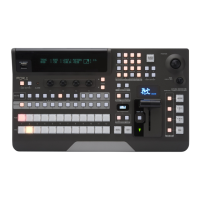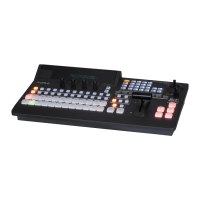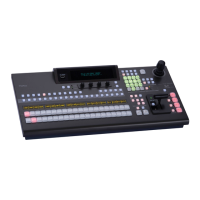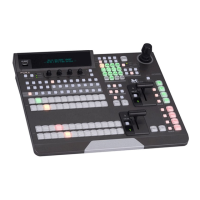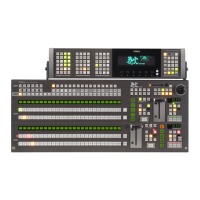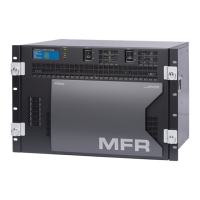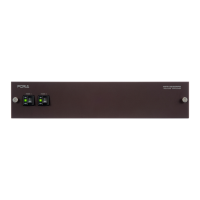What to do if I cannot control the FOR-A HVS-490 Switch?
- MMatthew GreenJul 31, 2025
If you cannot control the FOR-A Switch, check the following: * Make sure AC power is supplied and the power switches are turned on. * Verify the connection between the MU and OU with the control cable. * Confirm that the IP addresses are set correctly and are not duplicated if using a network hub. If 'DISCONNECTED' is displayed, set the OU IP address and MU IP address. * If 'LOCK' is flashing, press and hold 'LOCK' to unlock the lock mode.





